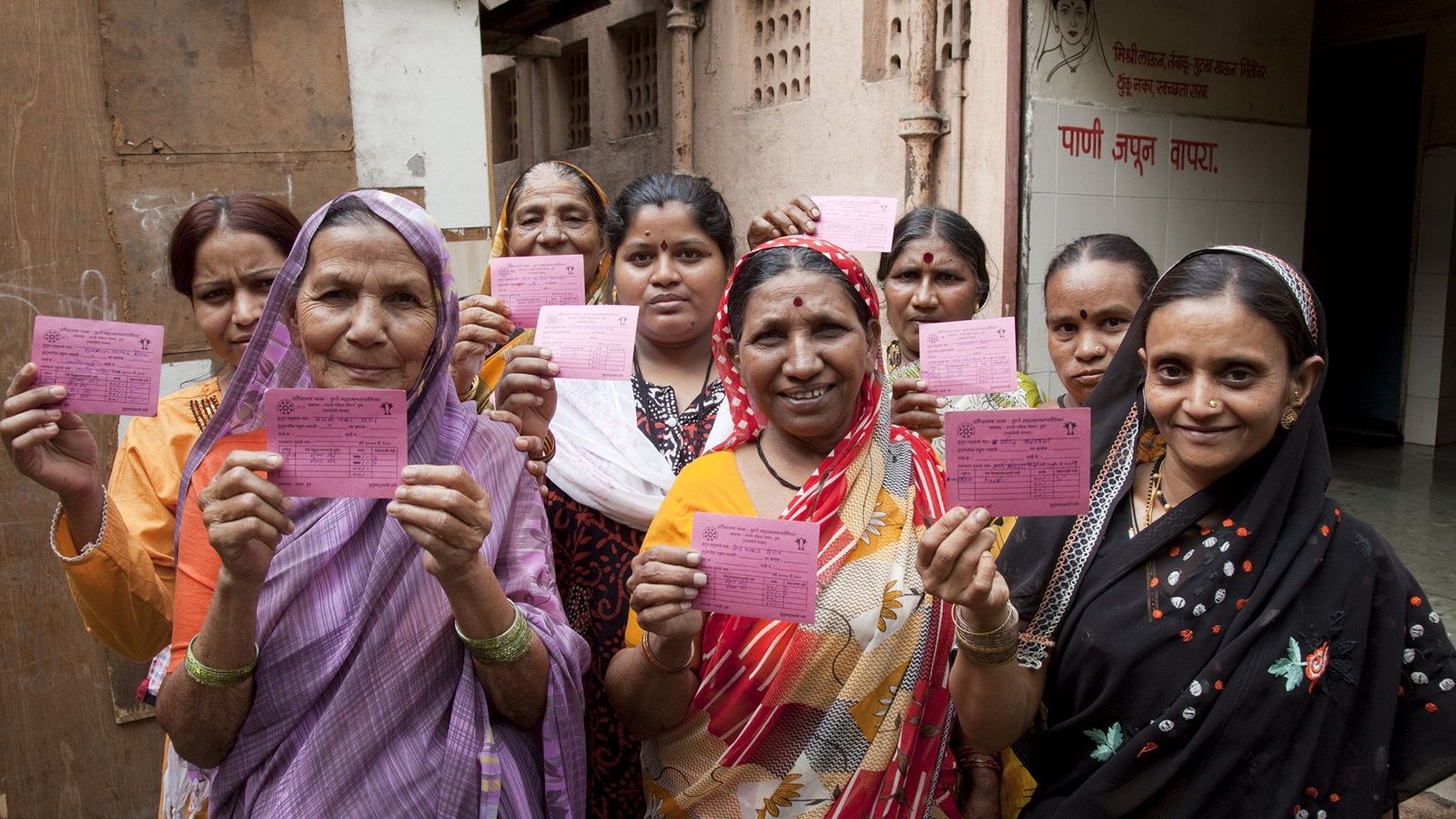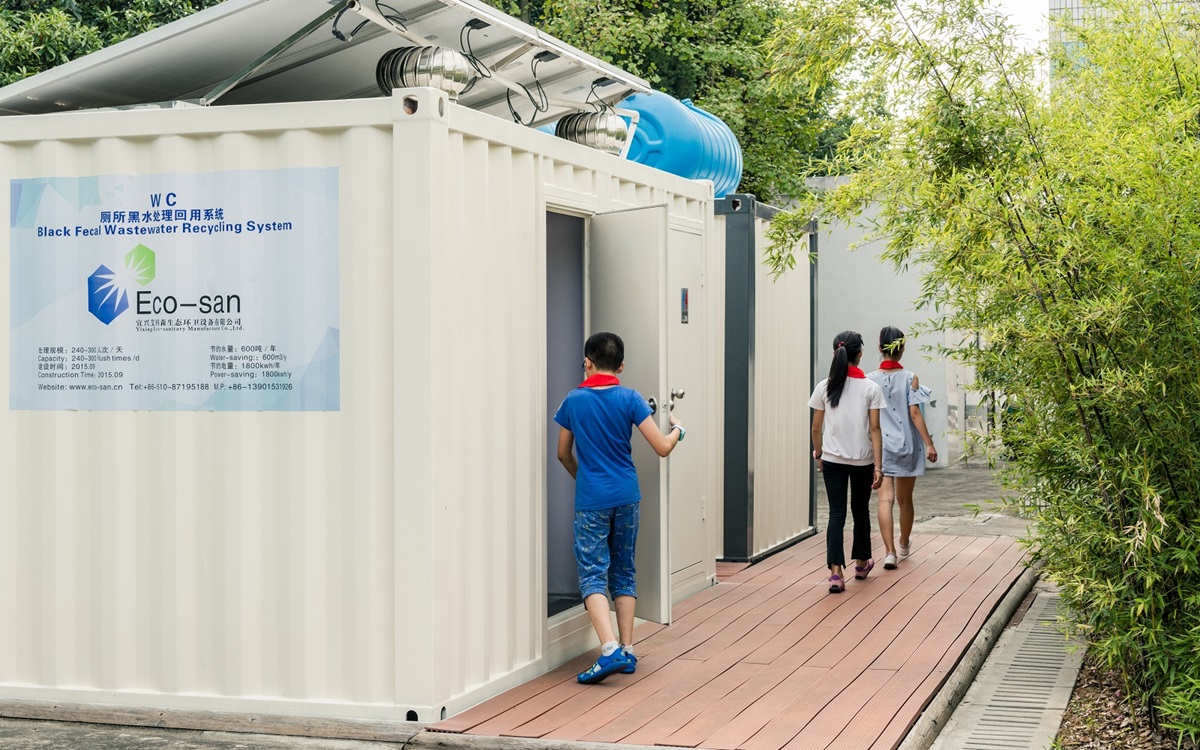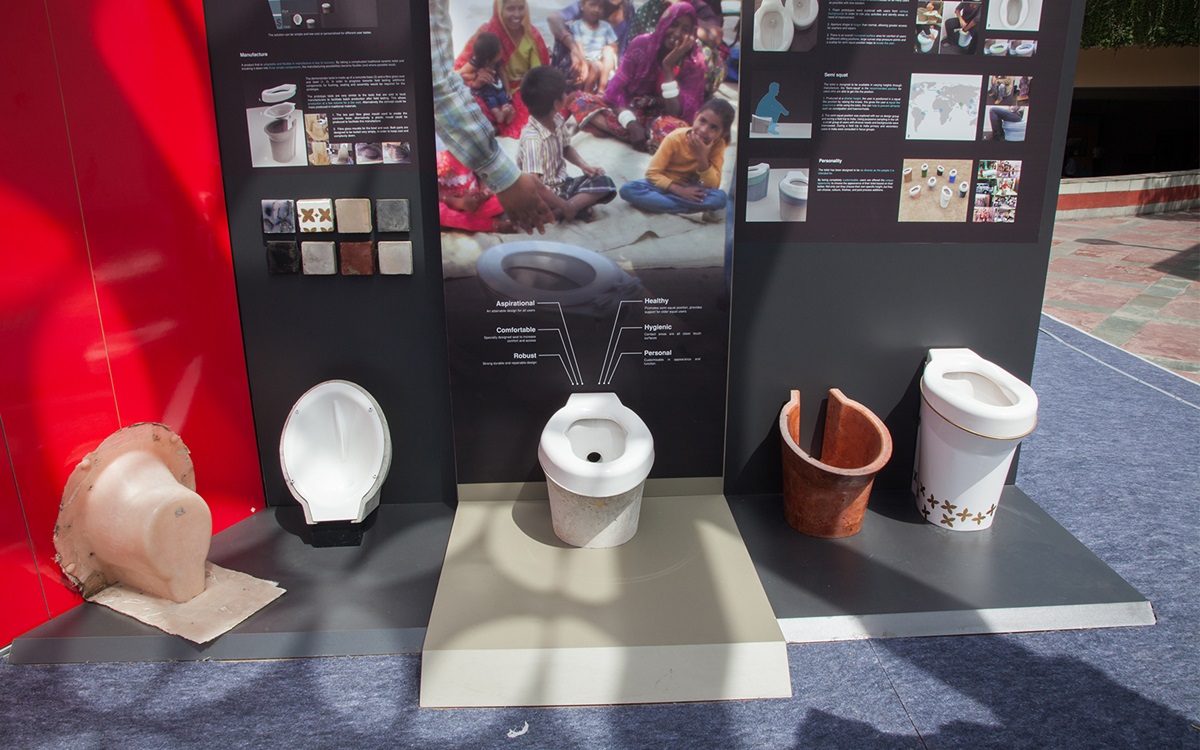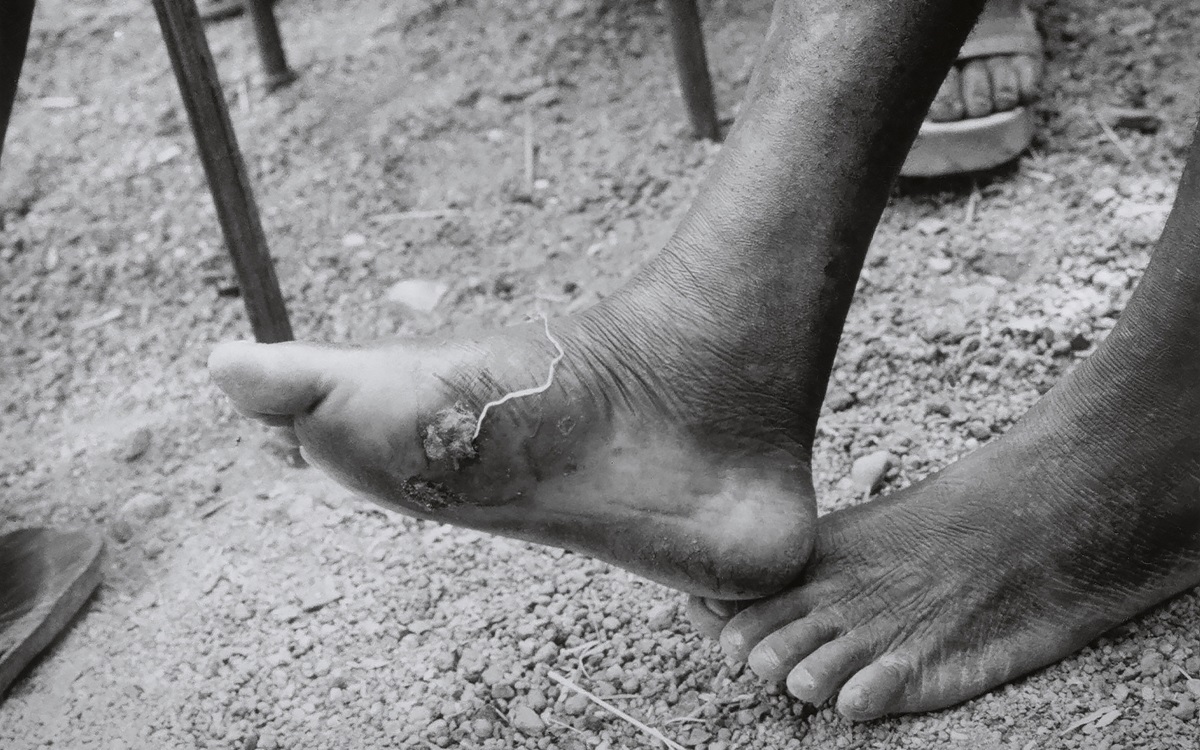Water, Sanitation & Hygiene
Our goal
To enable widespread use of safely managed, sustainable sanitation services that contribute to positive health, economic, and gender equality outcomes for the world’s poorest people.

DEI progress report
At a glance
- More than 3.5 billion people around the world live without safely managed sanitation.
- Inadequate sanitation and hygiene are estimated to have caused more than half a million deaths from diarrhea alone in 2016.
- Safe sanitation is essential to a healthy and sustainable future for developing economies.
- We focus on accelerating innovations in non-sewered sanitation technology and service delivery, particularly in densely populated areas of South Asia and sub-Saharan Africa.
The latest updates on Water, sanitation & hygiene

Advancing sanitation: 10 years of reinventing the toilet for the future
We already have the breakthrough technologies needed to provide safe and affordable sanitation services to the billions of people who are at risk of waste-borne diseases. Building markets and attracting businesses to this emerging sector are the next big challenges.
By Doulaye Kone
Interim Director, Water, Sanitation & Hygiene, Bill & Melinda Gates Foundation

De-throning “The Throne” at the Reinvent the Toilet Expo in Beijing, China
The Reinvent the Toilet Challenge is driving scientists across the globe to tackle our most pressing sanitation issues.
By Ryan Bell
Feature Writer, Bill & Melinda Gates Foundation

Good news: Guinea worm disease is on the verge of eradication
South Sudan has stopped transmission of Guinea worm—zero cases in 15 months—signifying a major success in efforts to eradicate the disease, a horribly painful parasite that can trap families and entire communities in cycles of poverty.
Our strategy
We collaborate with government leaders, the private sector, and technologists to advance promising new toilet and waste treatment technologies, service delivery models, and policies with the greatest potential to revolutionize sanitation standards and practices at the local and national levels. Our core initiatives include:
- Promoting policies and practical steps that governments can take now to establish safer sanitation through fecal sludge management—a sanitation strategy that does not require sewers
- Investing, alongside governments in our priority geographies, in accelerated adoption of safely managed citywide sanitation, particularly in slums and informal settlements that are typically underserved
- Investing in technologies, such as the reinvented toilet and the omni-processor, that can radically change the way municipalities and households manage human waste affordably, on a large scale, and with little or no need for water and electricity
- Conducting research to help the sanitation sector develop data and evidence about what works
The burden of inadequate sanitation—and, therefore, the potential for progress—is greatest in sub-Saharan Africa and South Asia, so we focus our efforts in those regions.
- Sub-Saharan Africa. As African cities and towns continue to grow, especially within informal settlements, governments are acknowledging the need for innovative sanitation solutions that are easier to deploy and less expensive to operate than sewer systems and wastewater treatment plants.
- South Asia. Sanitation is a significant challenge for most South Asian countries, but many are now aggressively pursuing inclusive national sanitation strategies that emphasize safe sanitation. India, in particular, provides a global model for sanitation reform through the government’s Swachh Bharat Mission and a growing network of sanitation operators and utilities that are implementing fecal sludge management.
- China. The Chinese government’s Toilet Revolution, which promises the rapid scaling up of safe sanitation approaches for the country, presents a strong opportunity for the adoption of new technologies within China’s rural and public toilet markets, particularly in areas facing water scarcity issues.
Accelerating the development of safe, non-sewered sanitation systems and technologies is our top priority within the water, sanitation, and hygiene continuum because it is where we believe we can catalyze the biggest change by making investments that other partners are unlikely to make. We acknowledge the critical role of clean water and hygiene initiatives, as well as efforts to end open defecation, in improving global health outcomes. We applaud the efforts of other organizations that focus on these areas.
Areas of focus
We focus our grantmaking in four complementary areas: developing and commercializing transformative sanitation technologies; transforming how cities can provide sanitation as a reliable, inclusive service; policy and advocacy; and measurement, evidence, and dissemination
Why focus on water, sanitation, and hygiene?
Unsafe sanitation is a massive problem that is becoming more urgent as our global population increases and trends such as water scarcity and urbanization intensify. About 4.5 billion people—more than half the world’s population—either practice open defecation or use unsafe sanitation facilities and services. To be effective, sanitation must be carefully managed at all stages, from waste collection and containment to transport and treatment. If there are gaps or breaks at any stage, harmful human waste flows into surface waters that people use for drinking and bathing and onto fields where children play and people live.
Poor sanitation, which is widely accepted as a chief contributor to waterborne diseases, causes the deaths of more than 1,200 children under age 5 every day—-more than from AIDS, measles, and tuberculosis combined. Inadequate sanitation and hygiene caused more than half a million deaths from diarrhea alone in 2016. Despite the indisputable connection between poor sanitation and human health risks, sanitation models and services aren’t improving quickly enough. According to the World Health Organization and UNICEF, sanitation rated as “safe for people” increased by only 3 percent worldwide over the past five years.
Creating sanitation infrastructure and public services that work for everyone and keep human waste out of the environment is difficult—and it isn’t a one-size-fits-all proposition. The toilets, sewers, and wastewater treatment systems that made sense in the past aren’t necessarily the best solutions for the future, especially in poor countries. These types of systems require vast amounts of land, energy, and water and are extremely expensive to build, maintain, and operate, even by the standards of wealthy countries. They are particularly difficult to introduce as new infrastructure into dense urban settings and informal settlements, where the impact of unsafe sanitation on people is the greatest.
Solving the sanitation challenge in the developing world will require breakthrough innovations in technologies as well as systems that are practical, cost-effective, and replicable on a large scale. Building and proving these new models is difficult, but the potential benefits to human health and dignity and economic growth are enormous. These benefits include increased human productivity, improved infrastructure, new jobs, and expanded entrepreneurial opportunities.
Lack of proper sanitation costs the world an estimated US$223 billion every year. At the same time, every dollar spent on sanitation is estimated to provide at least five dollars in economic return. And market research shows that the annual market value for new sanitation technologies designed for low-resource settings, such as the reinvented toilet, could potentially reach more than US$6 billion globally by 2030.

Make Me Care About...
Listen: Make Me Care About...PoopStrategy leadership
Sign up for The Optimist newsletter
Subscribe to The Optimist to get weekly updates on the latest in global health, gender equality, education, and more.
By submitting your email to subscribe, you agree to the Bill & Melinda Gates Foundation's Privacy & Cookies Notice


